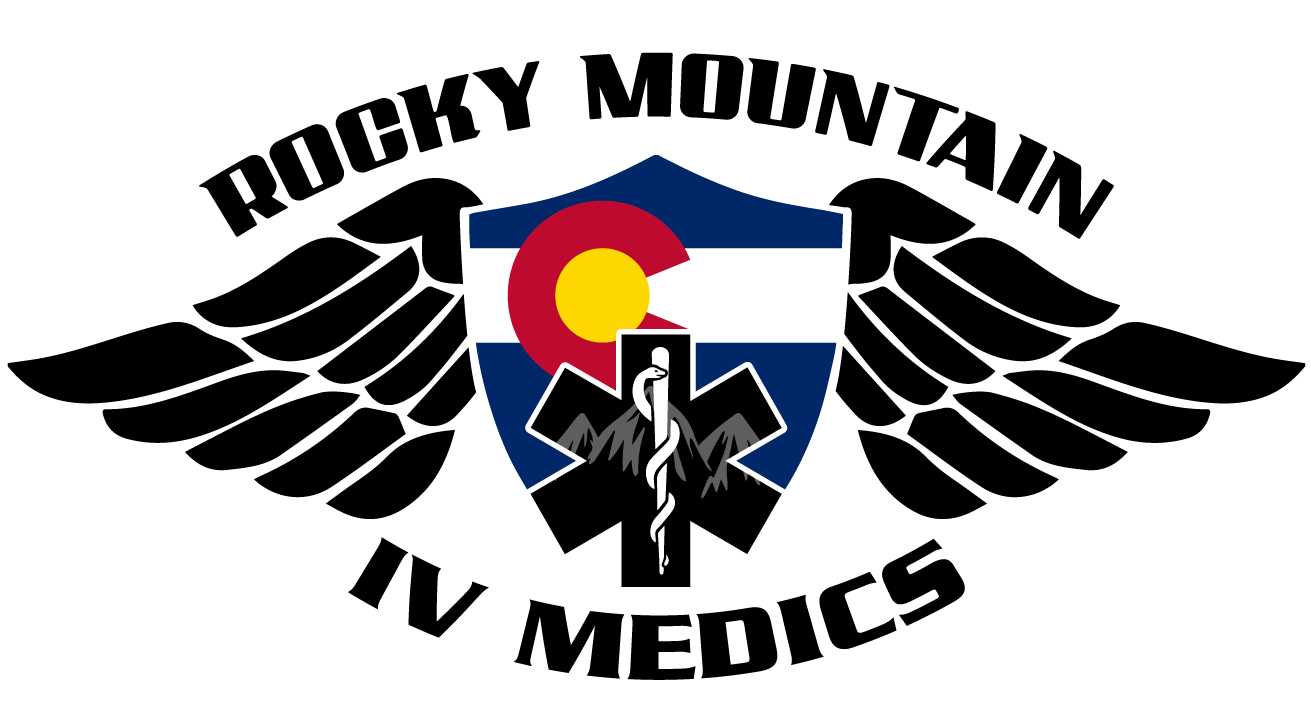Female Muscle Growth: Why Women Need Muscles and How to Build Them

How to Regulate (Balance) Hormone Levels With IV Therapy
March 14, 2023
How to Stay Hydrated During Snow Sports
March 14, 2023Female Muscle Growth: Why Women Need Muscles and How to Build Them

While many women want to achieve a “toned” or “lean” look at the gym, many worry about becoming too muscular or bulky. The good news is that it is difficult for women to put on an excess of muscle (unless they spend hours in the gym pumping iron every day). The not-so-good news is that a fear of getting too bulky can prevent women from building the muscle they need to live healthy lives.
Below, we’ll break down the myths of female muscle growth. We’ll explain why strength training is so helpful to women, how building muscle works, and what hormones play a role in muscle growth. You’ll learn about female muscle anatomy and how to develop a strength-training program.
Ready to lift some knowledge? Here’s what you need to know about female muscle growth.
Why Women Need Muscles
There are many reasons women should add strength training to their exercise routine. The benefits of building muscle go far beyond improving your appearance (though that’s nice, too).
Improved Quality of Life
First, muscles allow you to live life to your fullest. When you run, jump, dance, and play, you use your muscles. You also need muscles for less enjoyable tasks, like carrying groceries and taking out the trash. As women (and men) grow older, they can experience muscle loss unless they try to maintain their muscles.
Weight Control
Muscles burn calories, so the more muscle mass you have, the higher your metabolism. A higher resting metabolism means you’ll burn more calories even when you aren’t at the gym. In other words, muscles can help you maintain a healthy weight.
Bone Strength
Bone health is a huge concern for women as they age. Strength training, especially with weights, can protect your bone density, helping you age more gracefully.
Disease Protection
A combination of cardio and strength training can lower your risk of chronic health conditions like heart disease, obesity, diabetes, and others. By lifting weights or using strength machines, you can increase your chances of long-term health.
How Muscles Grow
Female muscle growth isn’t a mystery. In fact, men and women build muscles in essentially the same way.
In a nutshell, when you put your muscles under tension (such as during a strength workout), you create trauma in your muscles. This may sound bad, but it’s actually a good thing, at least when it comes to female muscle anatomy. When you rest, satellite cells around your muscles zip over and begin repairing the micro-tears in your muscle fibers. These satellite cells can fuse to your muscle fibers, creating more and thicker muscle fibers.
The result is hypertrophy or bigger and stronger muscles. You won’t see signs of gaining muscles in females right away. This process takes time, and you’ll need to perform many strength-training sessions to see results. However, after a few weeks or months, you should begin noticing a difference in how your body looks.
Hormones That Affect Female Muscle Growth
Both men and women possess growth hormones released by the pituitary gland in response to strength training. These hormones help the body repair muscles and increase muscle mass over time.
The biggest difference in the hormonal response of men and women is testosterone. Testosterone spurs protein synthesis, helps activate satellite cells, blocks protein from breaking down, and plays a role in other processes that help muscles grow in response to strength training.
Men typically possess 10 to 20 times the amount of testosterone as women, which explains why the average muscle mass for females is lower than that of average males. It also explains why women are unlikely to get too bulky unless they take extreme measures in their strength training.
Training for Female Muscle Growth
So, how can women begin building muscle? The answer is strength or resistance training, which can come in many forms. Resistance training is the key to enjoying healthy muscle function in every stage of life.
Bodyweight Training
The simplest form of resistance training is bodyweight training or using your body as the resistance mechanism. You’re probably already familiar with many bodyweight exercises, such as:
- Push-ups
- Sit-ups
- Air squats
- Pull-ups
- Lunges
Bodyweight training is an excellent starting point for building muscles. When you first begin strength training, be prepared to experience muscle soreness after your first few workouts. Over time, this soreness should reduce. You should also drink plenty of water before, during, and after your workout to prevent muscle cramps.
Strength Machines
Many gyms offer an array of strength training machines. These machines are an excellent way to build muscle. Most of them are simple to use and allow you to choose your resistance level.
Beginners may want to focus on performing three sets of 10 reps at each machine, using a moderate weight. As you get more comfortable, increase the weight over time to continually challenge your muscles. As you increase the weight, lower the number of reps per set
Free Weights
Dumbbells, barbells, and kettlebells are all examples of free weights. Using free weights may feel intimidating at first, but they provide an extra level of training. Free weight exercises activate smaller stabilizer muscles, improve balance and body awareness, and quickly highlight muscular imbalances.
Again, start with three sets of 10 reps at a moderate weight. Don’t be afraid to do shorter sets at heavier weights. Try incorporating compound movements, like deadlifts, back squats, and bench presses, after studying and practicing these movements at a lighter weight. If you feel muscle weakness and fatigue, lower the weight or switch to a different exercise.
How Much Protein to Eat for Muscle Growth
The last ingredient in female muscle growth is your nutrition. The food you eat can either nourish your muscles or increase your body fat percentage. Focus on eating enough protein.
Protein is made up of amino acids, which are the building blocks of your muscles. When you perform a strength training workout, your body will need amino acids from protein consumption to repair and rebuild your muscles. Want toned female abdominal muscles? Eat more protein, including:
- Lean chicken, beef, turkey, and fish
- Eggs
- Greek yogurt
- Nuts, like almonds, walnuts, and cashews
- Milk
- Lentils
- Quinoa
- Protein powders
How much protein should you eat for muscle growth? A study from the Journal of the Internal Society of Sports Nutrition found that 0.8 – 0.9 grams of protein per pound of body weight resulted in positive strength improvement results in their subjects. Interestingly, the study found that consuming more protein didn’t seem to increase muscle growth in the study participants.
Female Muscle Growth Isn’t an Impossible Puzzle
Creating the body you want can sometimes feel like the world’s most challenging riddle, but it doesn’t have to be. Focus on eating healthy foods with plenty of protein, try to avoid eating too many calories, and make sure to perform a minimum of two strength workouts a week, according to the CDC.
Remember, muscle growth isn’t just about looks. Building muscles can help you live a healthier life and protect against injuries and disease.
How IVs Can Help
Need help boosting your athletic performance? If you want a head start on your muscle-building journey, try a vitamin IV from Rocky Mountain IV Medics. Our IVs include a fusion of top-shelf vitamins that can:
- Support a healthy metabolism
- Give you an energy boost
- Help you feel more focused
For women looking to slay at the gym, we recommend our Performance Plus IV, designed for those who want to kick their workouts into a higher gear.
Contact Rocky Mountain IV Medics to schedule an IV appointment with us today!

